Home>Garden Essentials>How To Preserve Cucumber Seeds
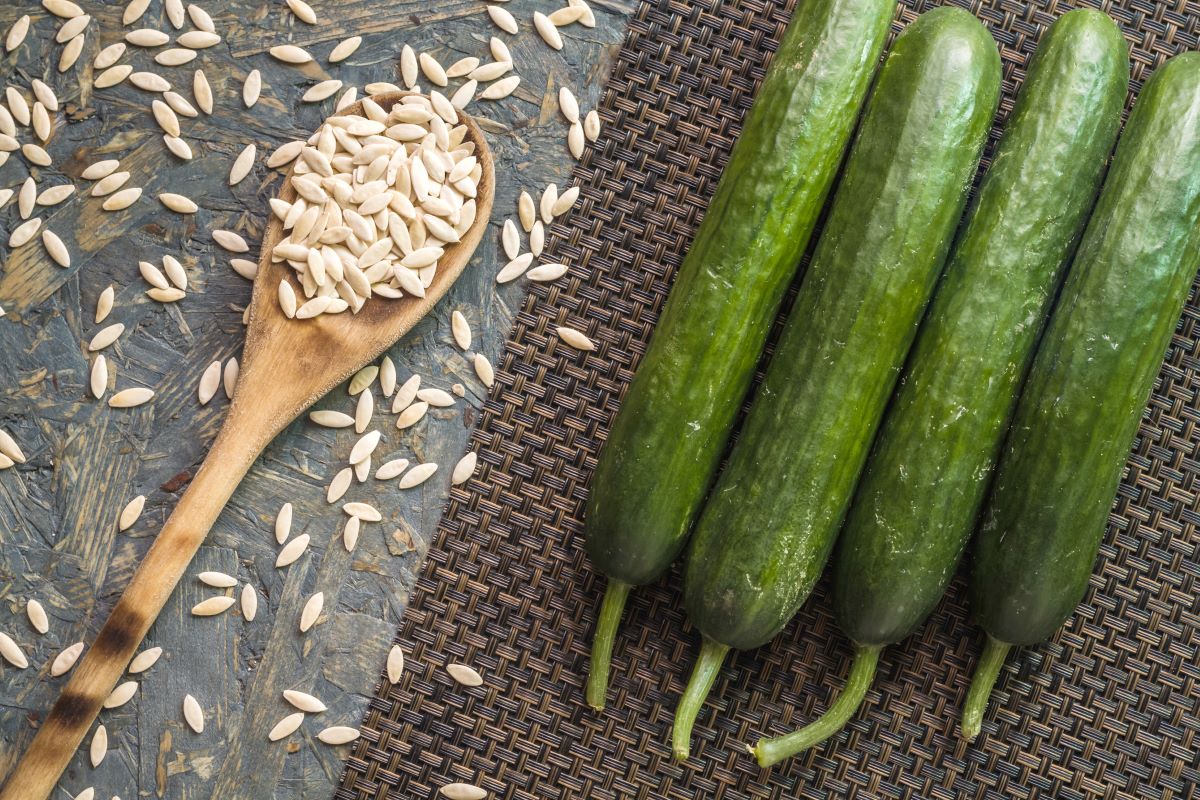

Garden Essentials
How To Preserve Cucumber Seeds
Modified: March 24, 2024
Learn how to preserve cucumber seeds in your garden and ensure a bountiful harvest. Discover the best methods to save and store cucumber seeds for future planting.
(Many of the links in this article redirect to a specific reviewed product. Your purchase of these products through affiliate links helps to generate commission for Storables.com, at no extra cost. Learn more)
Introduction
Welcome to our comprehensive guide on how to preserve cucumber seeds. Whether you are a seasoned gardener or just starting out, saving and storing cucumber seeds is a valuable skill to have. Not only does it allow you to grow your own cucumbers year after year, but it also gives you the opportunity to share seeds with other gardeners and preserve heirloom varieties.
Cucumbers are a popular vegetable known for their refreshing flavor and versatility in various culinary dishes. Harvesting and saving the seeds from your cucumbers not only ensures a sustainable source of seeds but also gives you the chance to experiment with different cucumber varieties.
In this article, we will walk you through the step-by-step process of preserving cucumber seeds. From harvesting the seeds to storing them for future use, we will provide you with all the information you need to successfully preserve the seeds from your cucumber plants.
So grab your gardening gloves and let’s dive in!
Key Takeaways:
- Preserve cucumber seeds to grow your own plants and share with others. Harvest, clean, dry, store, and test for viability to enjoy a sustainable cucumber harvest year after year.
- By preserving cucumber seeds, you contribute to plant biodiversity and heirloom variety preservation. Enjoy the rewards of homegrown cucumbers and share the joy of gardening with others.
Read more: How To Seed A Cucumber
Step 1: Harvesting Cucumber Seeds
Harvesting cucumber seeds is an important step in preserving them for future use. The process involves selecting mature and healthy cucumbers and extracting the seeds from the fruit. Here’s how to do it:
- Selecting the right cucumbers: Look for fully ripened cucumbers on the vine. These cucumbers will have a vibrant color and firm texture. Avoid using cucumbers that are overripe or have any signs of disease or pests.
- Preparing for seed extraction: Once you have selected the cucumbers, it’s time to prepare them for seed extraction. Start by washing the cucumbers thoroughly to remove any dirt or debris. You can use a mild soap solution to clean them if necessary.
- Extracting the seeds: Cut the cucumbers lengthwise using a clean knife. With a spoon or your fingers, scrape out the seeds and gel-like pulp from the center of the cucumber. Place the extracted seeds and pulp in a container.
- Separating the seeds from the pulp: To separate the seeds from the pulp, add water to the container with the seeds and pulp. Allow the mixture to sit for a few days, stirring occasionally. During this time, fermentation will occur, which helps remove the pulp from the seeds.
- Rinsing the seeds: After the fermentation process, pour off the liquid, which will contain the pulp. Rinse the seeds thoroughly with clean water to remove any remaining pulp, debris, or residue.
Once you have completed these steps, you are ready to move on to the next stage of preserving your cucumber seeds: cleaning and drying them.
Step 2: Cleaning and Drying the Seeds
After harvesting the cucumber seeds, it’s important to clean and dry them properly to ensure their longevity and viability. Here’s how to clean and dry cucumber seeds effectively:
- Straining and rinsing: Start by pouring the seeds into a fine-mesh strainer to remove any excess water. Rinse the seeds under running water, gently agitating them to remove any remaining debris or pulp.
- Seed separation: Carefully separate any remaining pulp or stray seeds from the main batch. Discard any seeds that appear damaged, discolored, or underdeveloped.
- Drying: To dry the seeds, spread them out in a single layer on a dry paper towel or a fine-mesh screen. Ensure that the seeds are evenly spaced to allow for adequate airflow. Place the seeds in a warm, well-ventilated area away from direct sunlight. Avoid using a radiator or direct heat source, as excessive heat can damage the seeds.
- Periodic stirring: Every few days, gently stir and flip the seeds to promote even drying and prevent clumping. This will help prevent the growth of mold or mildew and ensure that the seeds dry thoroughly.
- Air drying completion: The drying process typically takes around one to two weeks. Ensure that the seeds are completely dry by checking their texture. They should feel hard and brittle rather than soft or pliable.
Once the cucumber seeds are completely dry, it’s time to move on to the next step: storing them for future use.
To preserve cucumber seeds, allow the fruit to fully ripen on the vine. Scoop out the seeds and rinse off the pulp. Lay the seeds out to dry on a paper towel for about a week, then store in a cool, dry place.
Step 3: Storing the Cucumber Seeds
Proper storage is crucial for preserving the viability and longevity of cucumber seeds. By following the steps below, you can ensure that your cucumber seeds remain healthy and viable for future planting:
- Labeling and packaging: Start by labeling your cucumber seeds with the variety and the date they were harvested. This will help you keep track of the seed’s age and ensure that you plant the oldest seeds first. Place the labeled seeds in airtight containers, such as glass jars or resealable plastic bags.
- Moisture control: It’s essential to store cucumber seeds in a cool and dry environment to prevent moisture buildup. Excess moisture can lead to mold growth and seed damage. Consider adding a moisture-absorbing desiccant packet or a tablespoon of dry rice to the storage container to keep the seeds dry.
- Temperature and light: Cucumber seeds should be stored in a cool, dark location to maintain their viability. Avoid storing them in direct sunlight or areas prone to temperature fluctuations. A temperature range of 40°F to 50°F (4°C to 10°C) is ideal for preserving cucumber seeds.
- Seeds in the freezer: If you want to extend the shelf life of your cucumber seeds, you can store them in the freezer. Place the labeled and well-dried seeds in an airtight container or freezer bag. Freezing can keep the seeds viable for several years, but it’s important to avoid temperature fluctuations during storage.
Remember to periodically check on your stored cucumber seeds to ensure that they remain dry and free of any signs of deterioration. If you notice any mold or moisture, discard those seeds and replace them with fresh ones.
Now that your cucumber seeds are properly stored, you may wonder about their viability and if they are still suitable for planting. Let’s move on to the next step to answer that question: testing seed viability.
Step 4: Testing Seed Viability
Before planting your stored cucumber seeds, it’s important to test their viability to determine if they are still capable of germinating. Here’s how you can test the viability of your cucumber seeds:
- Seed germination test: Take a small sample of your stored cucumber seeds, around 10 to 20 seeds, and place them on a damp paper towel or in a seed tray filled with moist soil. Ensure that the seeds are evenly spaced apart.
- Moisture and warmth: Keep the paper towel or seed tray in a warm location, around 70°F to 80°F (21°C to 27°C). Cover the seeds with another layer of damp paper towel or a clear plastic lid to maintain moisture.
- Observation and patience: Regularly check the seeds for germination over the next seven to ten days. Look for signs of sprouting and root development. If the majority of the seeds in your sample germinate successfully, it indicates that your stored cucumber seeds are still viable.
- Adjusting seed quantity: If the germination rate is low, it means that the stored seeds might have low viability. You will need to adjust the number of seeds you plant to compensate for the lower germination rate.
By conducting a germination test, you can confidently decide whether to use the stored cucumber seeds for planting. If the germination rate is still high, go ahead and sow the seeds in your garden. However, if the germination rate is low, it may be best to acquire fresh cucumber seeds for a higher chance of success.
Congratulations! You have successfully completed all the steps needed to preserve and store your cucumber seeds. By following these guidelines, you can enjoy the benefits of homegrown cucumbers year after year while sharing seeds with other gardening enthusiasts.
Remember, proper seed preservation techniques apply not only to cucumbers but also to other plants in your garden. With a little knowledge and effort, you can become a skilled seed saver and contribute to the preservation of heirloom varieties and the biodiversity of our botanical world.
Happy gardening!
Read more: How To Preserve Cantaloupe Seeds
Conclusion
Preserving cucumber seeds allows you to cultivate your own cucumber plants and maintain a sustainable source of seeds. By following the steps outlined in this guide, you can successfully harvest, clean, dry, store, and test the viability of cucumber seeds. With proper care and storage, you can enjoy a bountiful cucumber harvest year after year.
Harvesting cucumber seeds starts with selecting mature and healthy cucumbers and extracting the seeds from the fruit. Cleaning and drying the seeds ensure their longevity and prevent mold or mildew growth. Proper storage in cool, dark, and dry conditions maintains the viability of the seeds. Testing the seed viability through a germination test allows you to determine if the stored seeds are still capable of sprouting.
As a gardener, preserving cucumber seeds not only provides you with a sustainable seed source but also allows you to experiment with different cucumber varieties and share seeds with fellow gardeners. It is a rewarding and environmentally conscious practice that promotes seed diversity and helps preserve heirloom varieties.
Remember to label your stored cucumber seeds with the variety and harvest date to maintain good seed management. Regularly check on your stored seeds and discard any that show signs of mold or moisture. And when it’s time to plant, adjust the quantity of seeds based on their germination rate to ensure a successful crop.
By becoming a skilled seed saver, you contribute to the preservation of plant biodiversity and the continuation of generations-old plant varieties. So, put on your gardening gloves, embrace the joy of growing cucumbers, and enjoy the fruits of your labor!
Happy gardening!
Frequently Asked Questions about How To Preserve Cucumber Seeds
Was this page helpful?
At Storables.com, we guarantee accurate and reliable information. Our content, validated by Expert Board Contributors, is crafted following stringent Editorial Policies. We're committed to providing you with well-researched, expert-backed insights for all your informational needs.
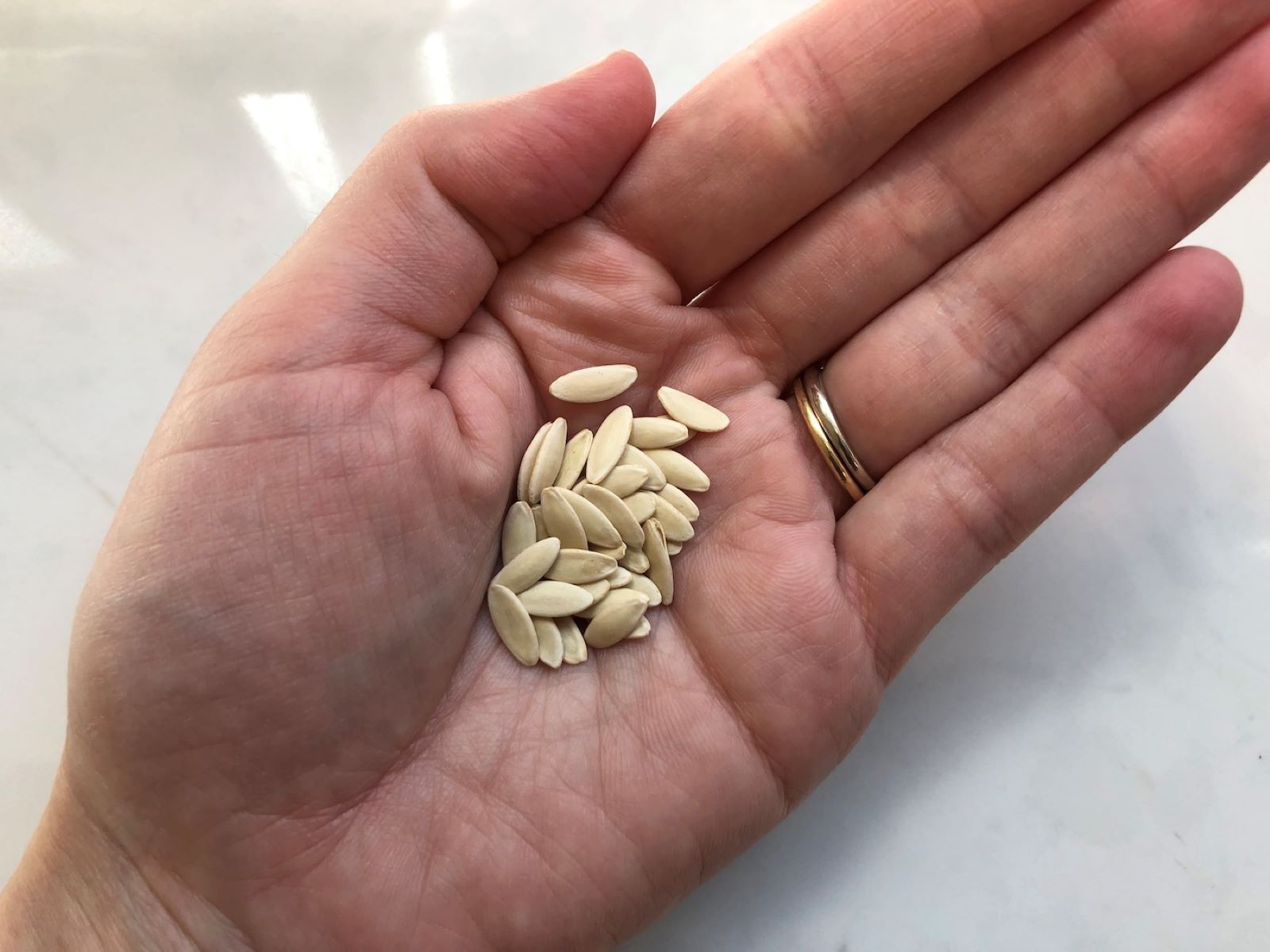
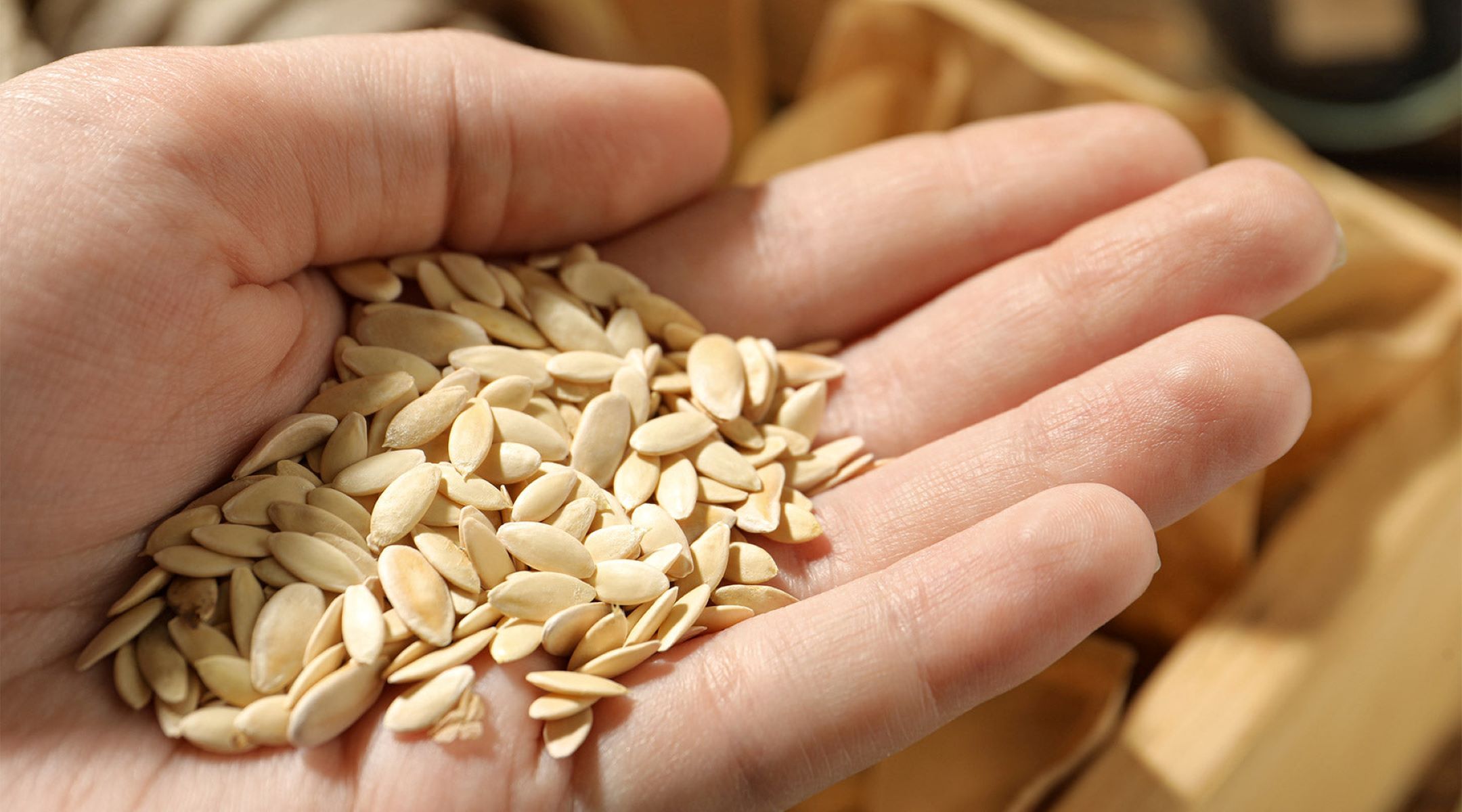
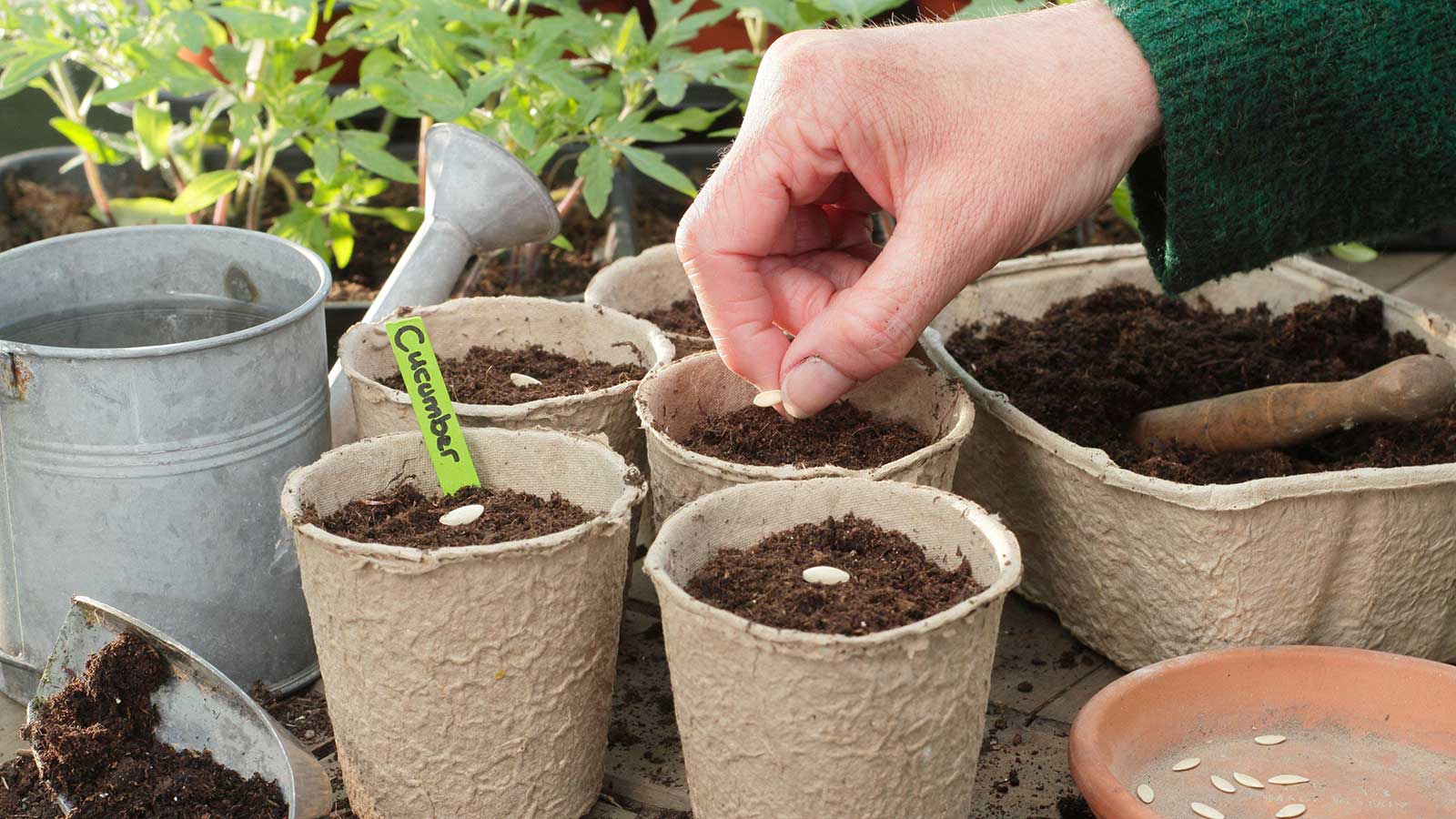
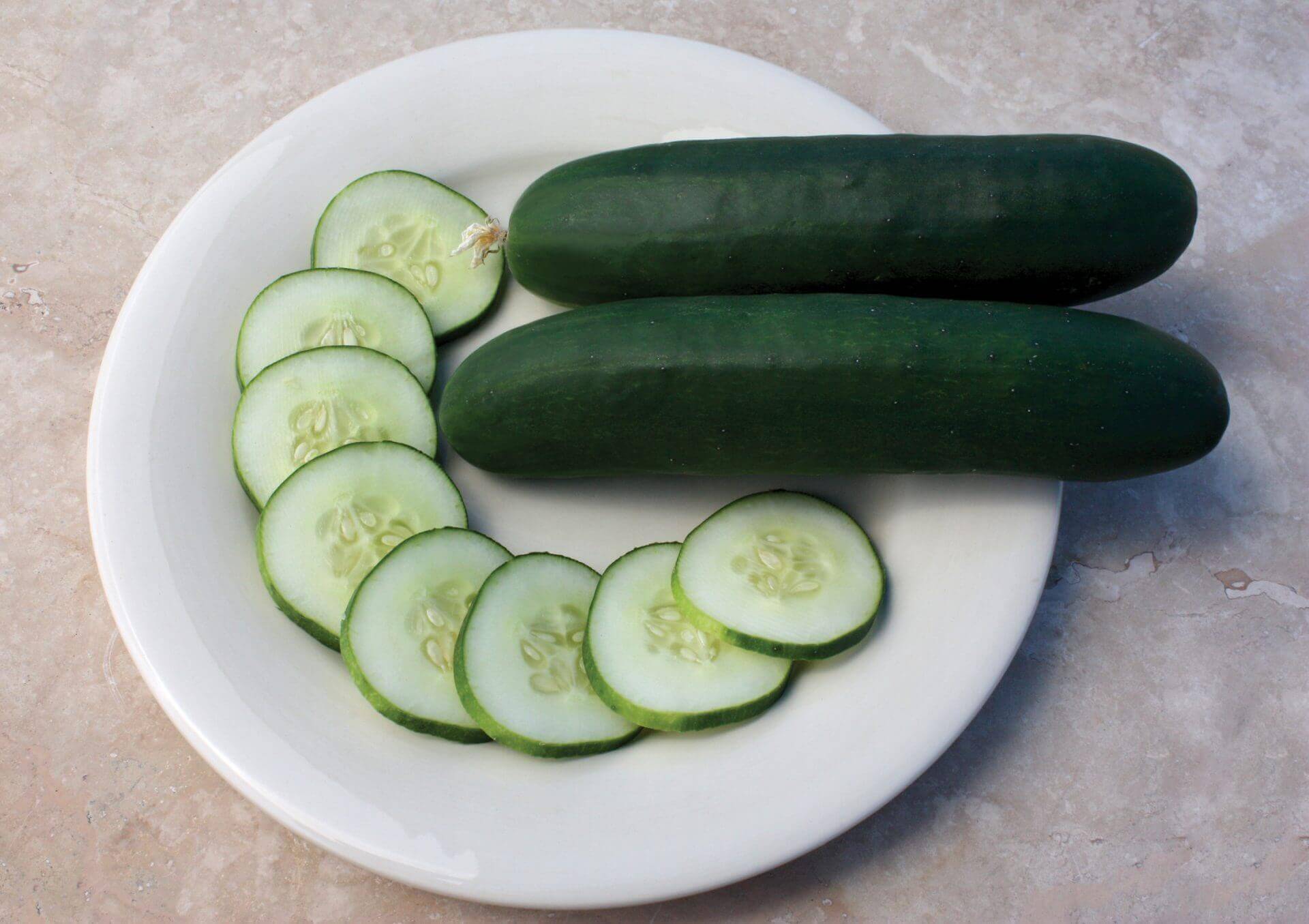
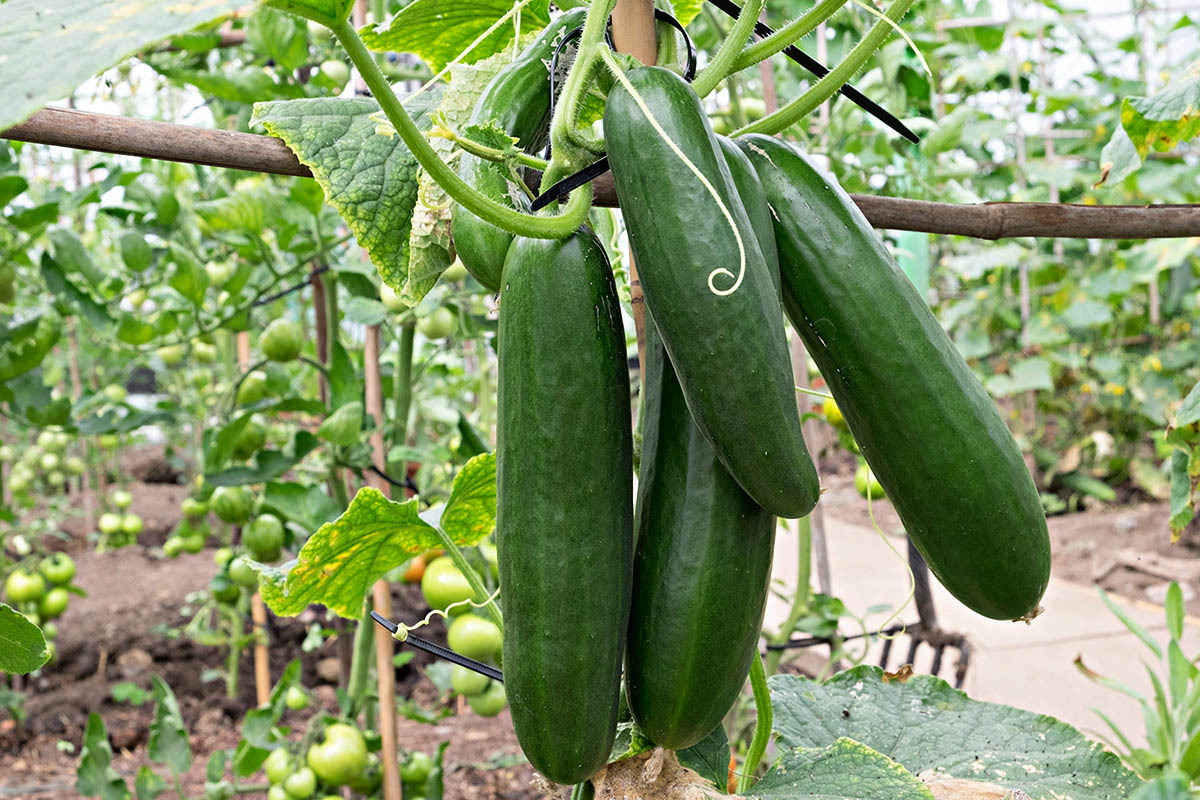
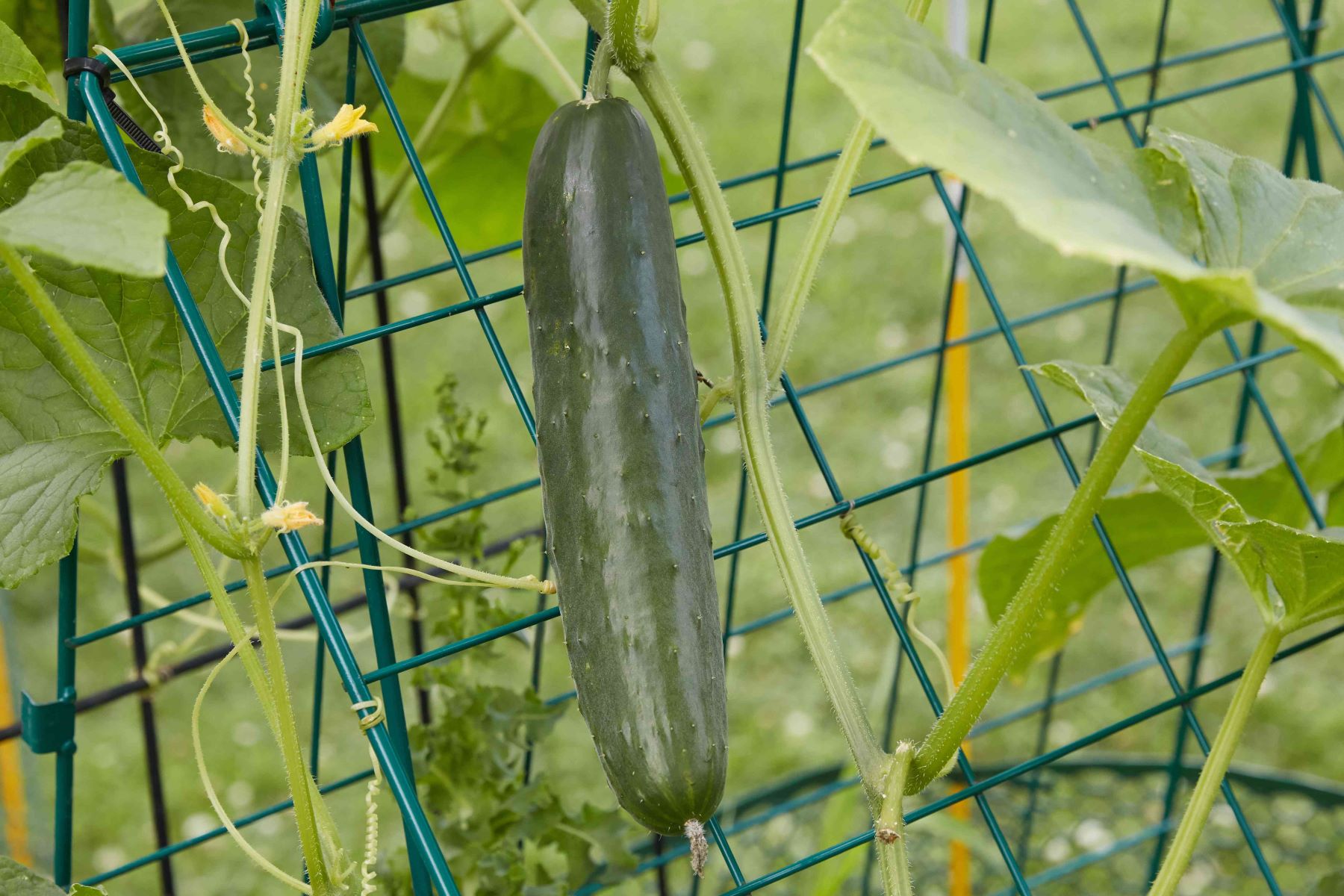
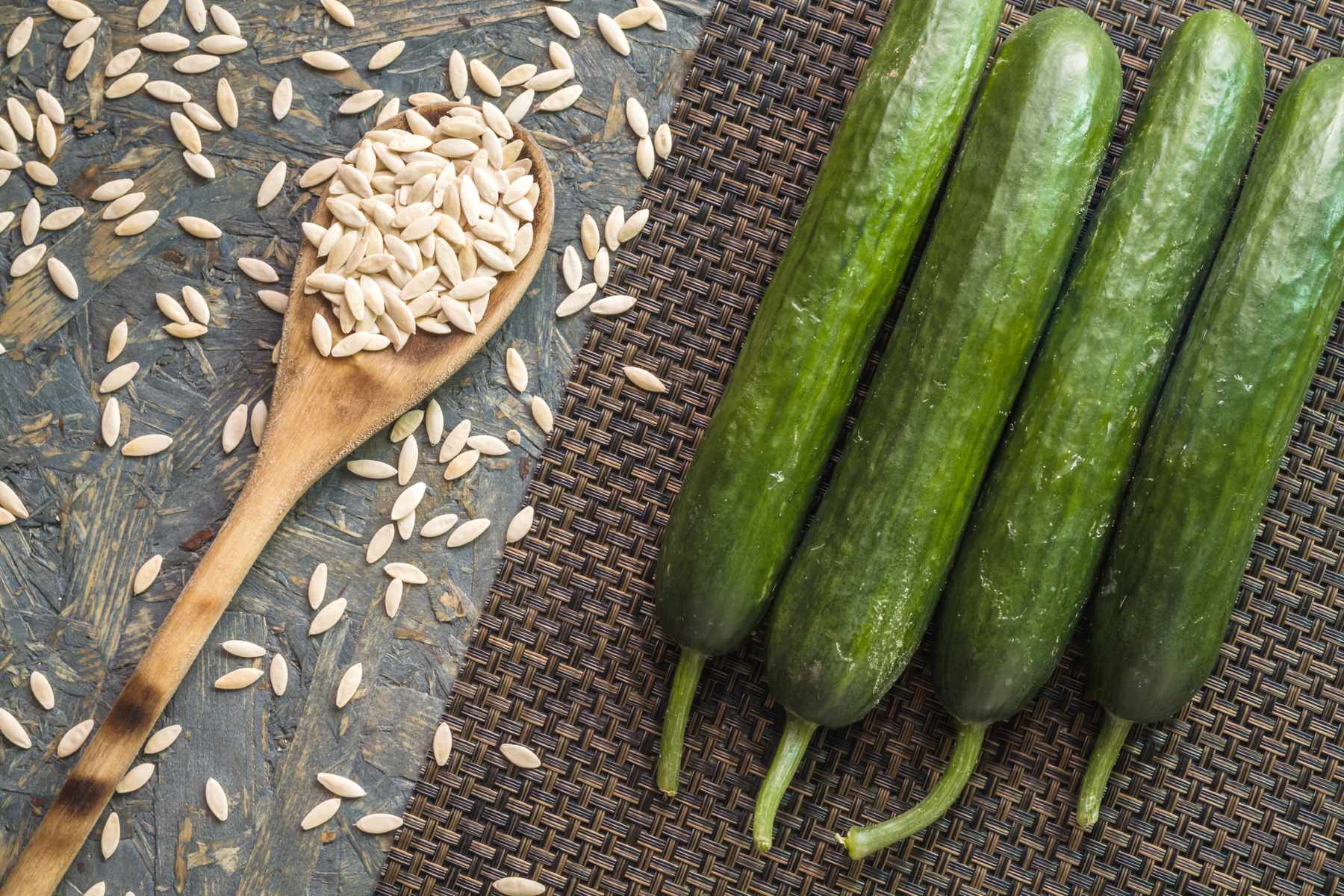
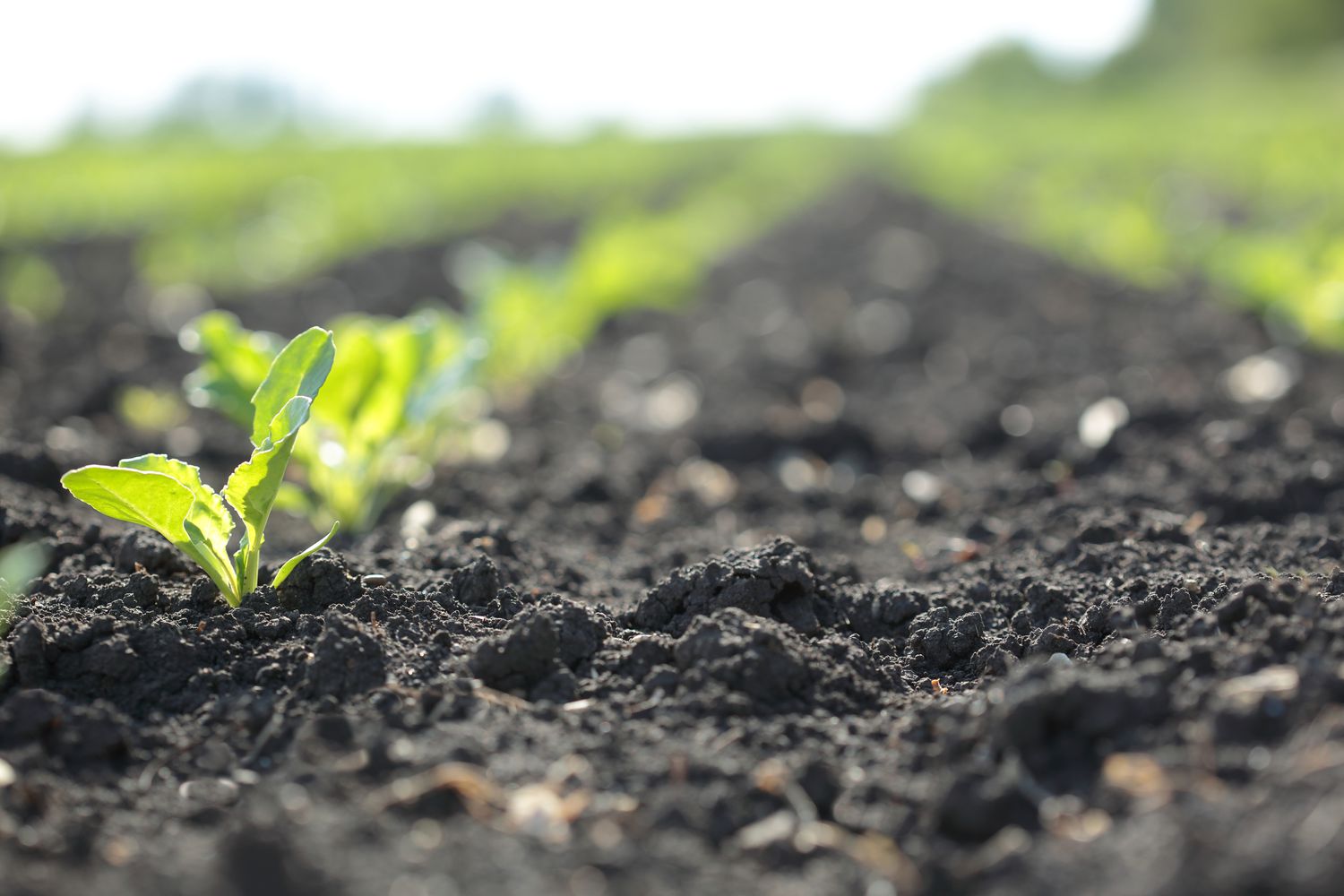
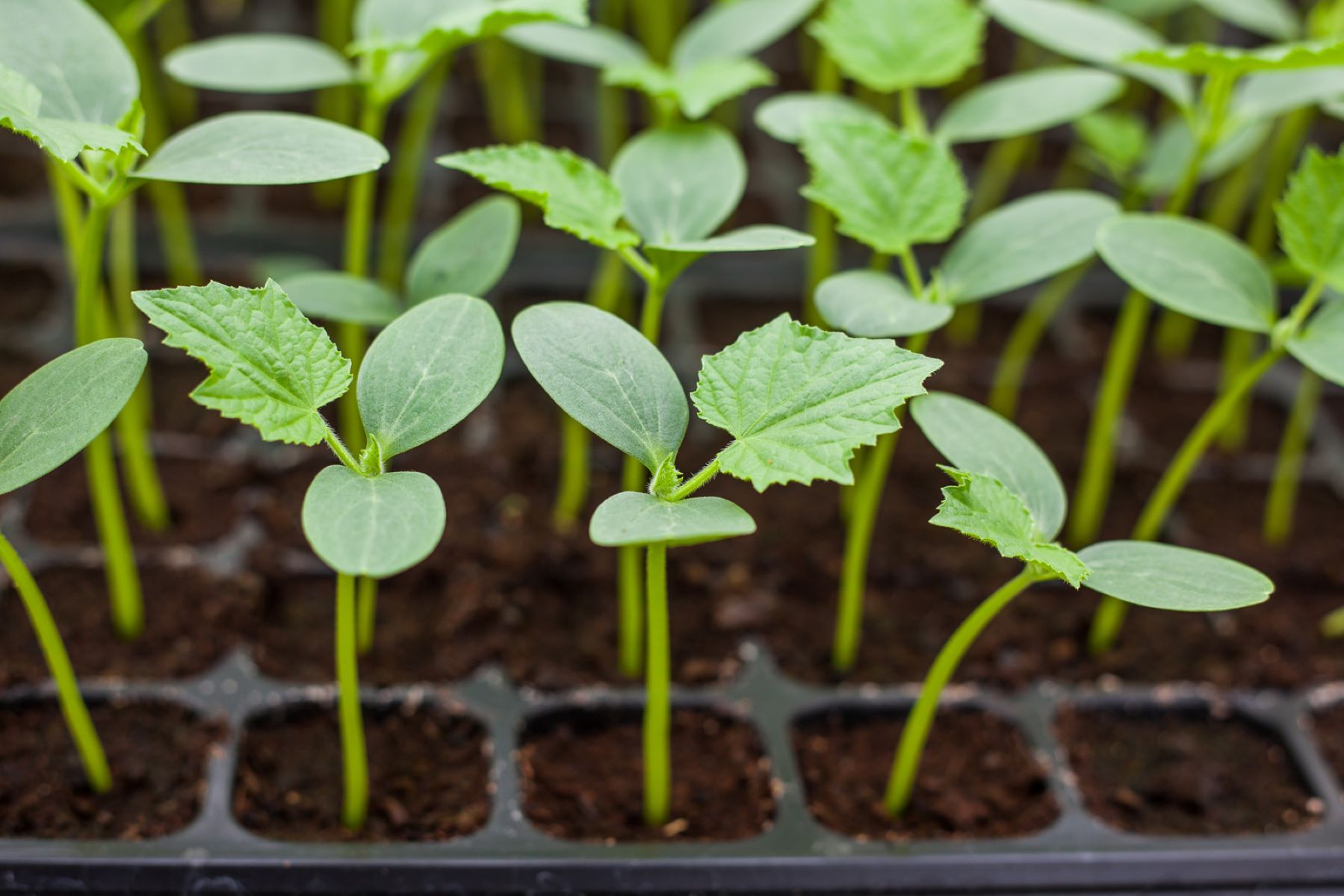
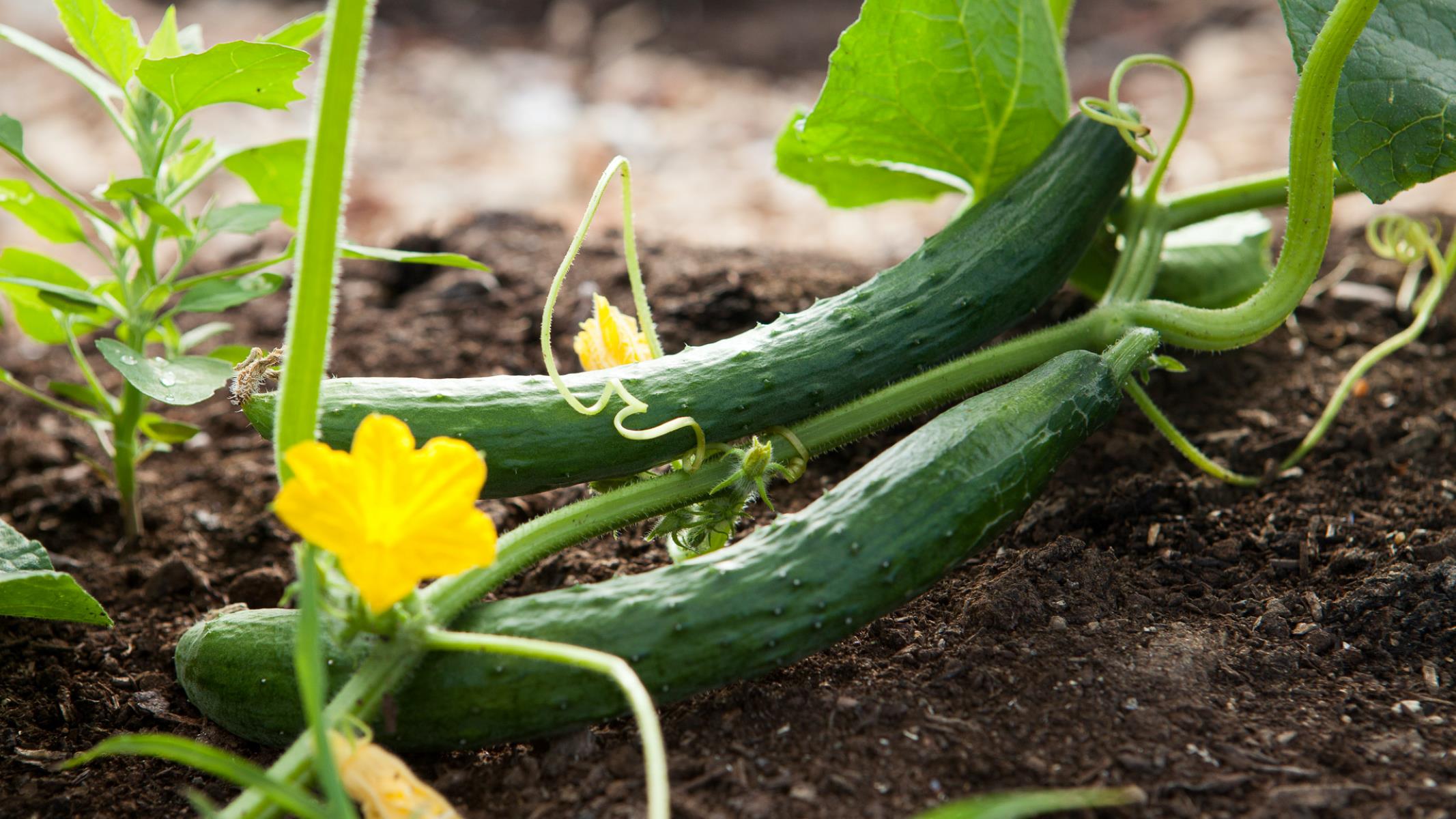
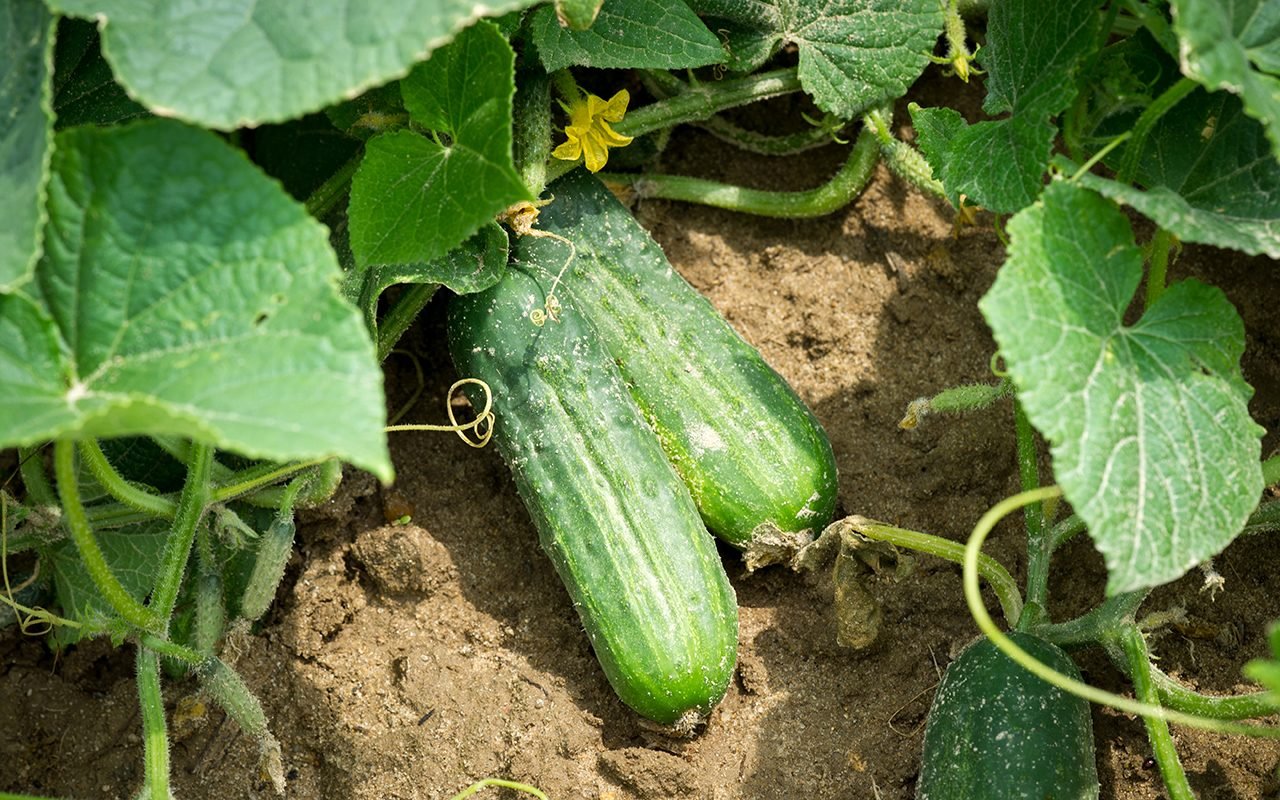
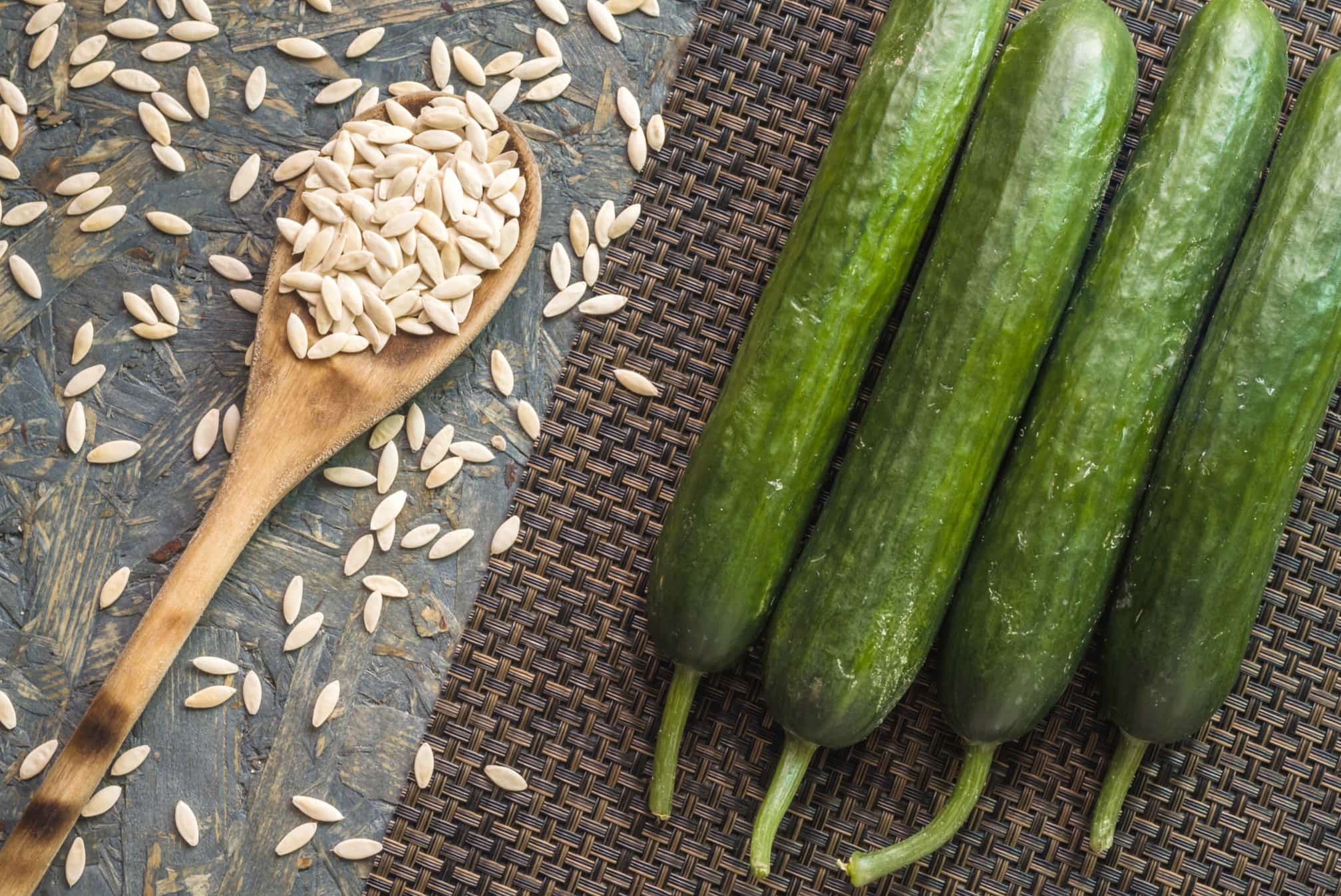
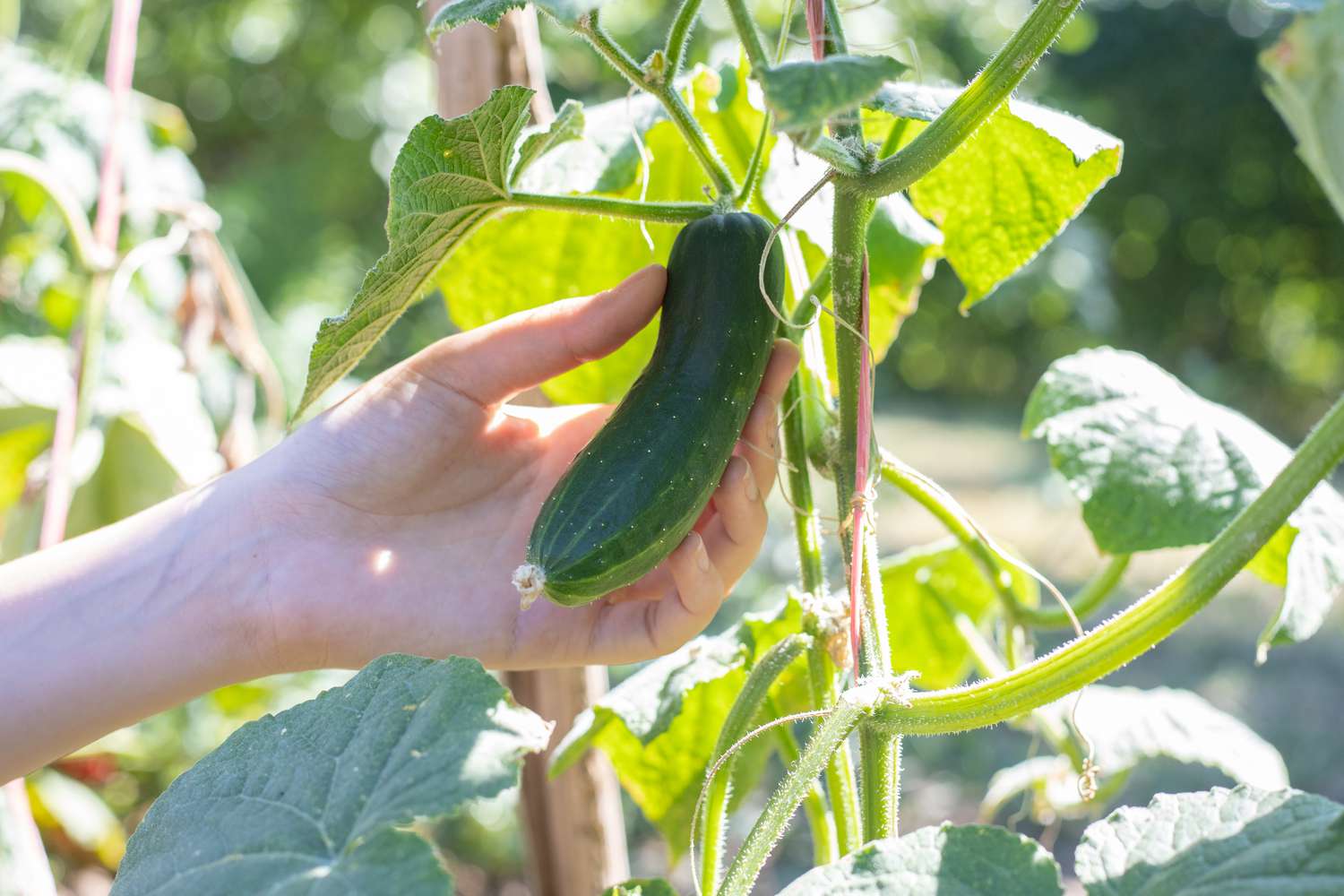
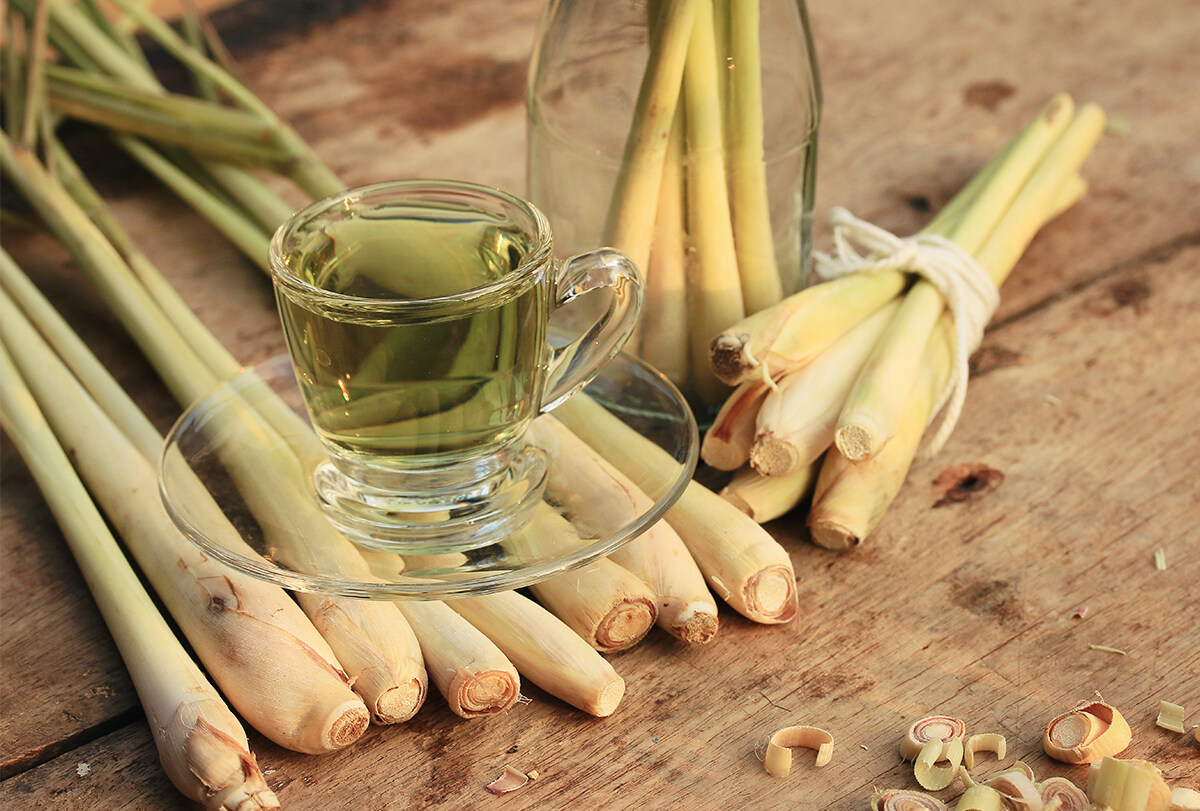

0 thoughts on “How To Preserve Cucumber Seeds”